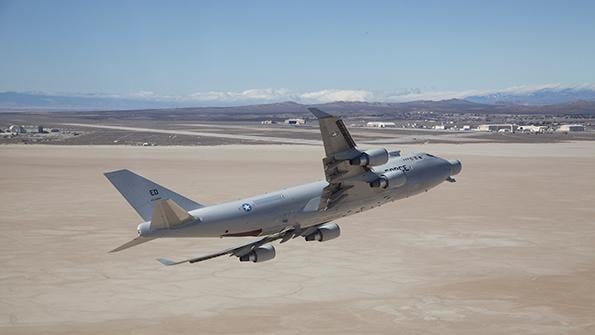
The YAL-1 conducted its final flight in 2012 before being scrapped two years later. Now the MDA is revisiting the potential for airborne lasers.
Credit: Bobbi Zapka/U.S. Air Force
Ten years after the demise of the Boeing 747-based chemical laser and four years after the Missile Defense Agency killed another program, the agency again is looking into the possibility of an airborne laser to protect against incoming threats. In fiscal 2026, the Missile Defense Agency (MDA)...
U.S. Missile Defense Agency Takes Fresh Look At Airborne Lasers is available to both Aviation Week & Space Technology and AWIN subscribers.
Subscribe now to read this content, plus receive critical analysis into emerging trends, technological advancements, operational best practices and continuous updates to policy, requirements and budgets.
Already a subscriber to AW&ST or AWIN? Log in with your existing email and password.





